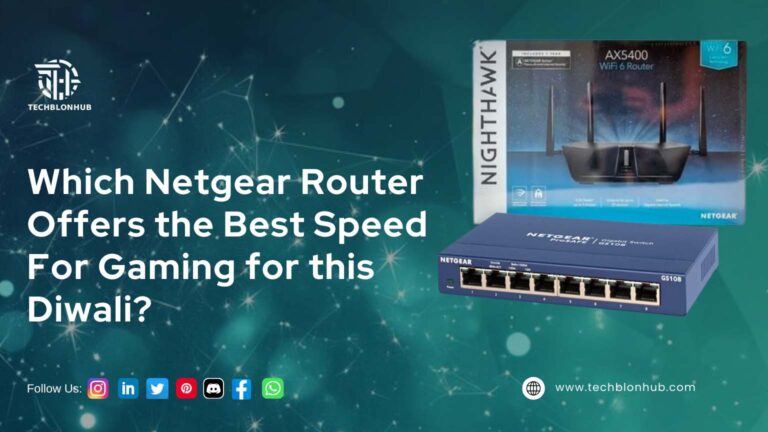The Cisco Meraki MX series integrates several critical functions into a single appliance, serving as a router, next-generation firewall, traffic shaper, and Internet gateway. Centralized web-based management makes it user-friendly, eliminating the need for specialized training and dedicated staff. With its cloud-based centralized management, you can build seamless multi-location networks, benefit from automatic firmware upgrades, and much more.
Key
Features of Cisco Meraki MX Series
- Integrated Sourcefire Engine: Provides leading intrusion prevention with daily updates to security rulesets, ensuring protection against the latest threats. Updates are delivered via the cloud, eliminating the need for manual intervention.
- Comprehensive Security: Combines threat protection, anti-malware, anti-phishing, and cloud content filtering. This ensures robust security that’s easy to deploy and maintain.
Who Should Consider Cisco Meraki Firewalls?
Cisco Meraki MX series appliances are well-suited for small businesses undergoing digital transformation. They are ideal for office branches, data centers, and distributed enterprise environments due to their:
- Unified Threat Management: Combines multiple functionalities—router, firewall, internet gateway, and traffic shaper—into one appliance, reducing complexity and costs.
- Cloud Management: 100% cloud-managed with comprehensive security features, simplifying deployment and management.
- Auto VPN Feature: Facilitates intelligent site-to-site VPN with automatic route generation using IKE/IPSec, connecting with various IPSec VPN devices and services.
- Automated MPLS to VPN Failover: Minimizes downtime in case of connection failures.
- SD-WAN Capabilities: Reduces operational costs and enhances the performance of remotely accessed resources.
Advanced Security Features of Cisco Meraki MX
Cisco Meraki MX series offers cutting-edge security features, including:
- Cisco-developed SNORT: Advanced intrusion prevention system.
- Content Filtering: Blocks access to inappropriate or harmful content.
- Anti-malware: Protects against malware threats.
- Geo-based Firewalling: Allows or restricts traffic based on geographic location.
- Remote Access Connectivity: Ensures secure remote access.
- Advanced Malware Protection: Provides enhanced protection against sophisticated threats.
- Layer 7 Fingerprinting: Identifies unproductive content to optimize bandwidth usage.
Choosing the Right Cisco Meraki Firewall
Selecting the appropriate Cisco Meraki MX firewall involves understanding key differences among models. Here are some factors to consider:
- Power over Ethernet (PoE): If you need a firewall with PoE capabilities, look for models that include built-in power supply, reducing the need for additional power cables.
- Wireless Firewalling Capabilities: Some models integrate wireless technology, offering unified management of network security and wireless devices.
- Virtual Firewalls: Cisco Meraki MX100 can be deployed as a virtual firewall via AWS or Azure, configured directly in the Meraki dashboard.
Model Comparisons:
- MX 64 vs. MX 65: Both offer 200 Mbps Advanced Security Throughput and 100 Mbps VPN throughput. MX64 supports WAN conversion and includes 3 dedicated GbE RJ45 interfaces. Note that MX65 has reached the end of sale.
- MX 100 vs. MX 64 vs. MX 84: MX100 is suited for businesses with up to 500 users, offering 500 Mbps VPN throughput. MX84 is for businesses with up to 200 users, providing 250 Mbps VPN throughput. MX64 is ideal for small branches with up to 50 users and offers 100 Mbps VPN throughput.
Conclusion
The Cisco Meraki MX series is an excellent choice for small and medium-sized businesses seeking an all-in-one solution for networking and security. Its ease of deployment and management, coupled with advanced features and services, make it a strong candidate for any business looking to streamline and secure their network.
Remember, if you require Power over Ethernet (PoE) capabilities, you’ll need to purchase a separate license for Cisco Meraki appliances.
Author: TechBlonHub
As a passionate blogger, I'm thrilled to share my expertise, insights, and enthusiasm with you. I believe that technical knowledge should be shared, not hoarded. That's why I take the time to craft detailed, well-researched content that's easy to follow, even for non-tech. I love hearing from you, answering your questions, and learning from your experiences. Your feedback helps me create content that's tailored to your needs and interests








With the rapid advancements in AI and ML technologies, could routers and switches be equipped with self-learning capabilities to optimize network performance and security without human intervention?”,
“refusal